two weeks in japan

i went to japan for two weeks. i've wanted to go for a while now (like most people). mostly because i'm a big anime fan (not like most people).
whenever i visit a new country, i don't usually put a lot of effort into writing down what i do. i'll remember the highlights and the imagery—but if anyone ever asked me for specific recommendations, i'd be at a loss for detail. so given how popular japan is as a destination these days, i thought i'd write down what i did so that 1) i can re-read this and relive fond times and 2) i have a link to share with people who ask me what i enjoyed most about japan.
ishigaki (days 1-4)
ishigaki is a small island (part of the okinawa prefecture) way down south. so far south it doesn't even look like it's part of japan on a map. it's close to taiwan - and as a result, has a much more tropical climate than you'd expect.
after the standard tokyo-to-domestic-flight routine, we picked up a rental car and drove to our airbnb. it was run by an incredibly welcoming couple —geoff (canadian) and mie (japanese): https://www.airbnb.com/l/aRcdwOau. the highlight of the property and the local area was definitely the nearby beach, which was a two-minute walk away. i've never seen a mile of sand so pristine or water that clear in my life. take a paddleboard out for twenty minutes and you'll see sea turtles, tropical fish, and coral. and you have the whole place to yourself. you really are in the middle of nowhere so renting a car is essential in ishigaki. but the roads are pristine and easy to navigate, and they even drive on the correct side of the road!
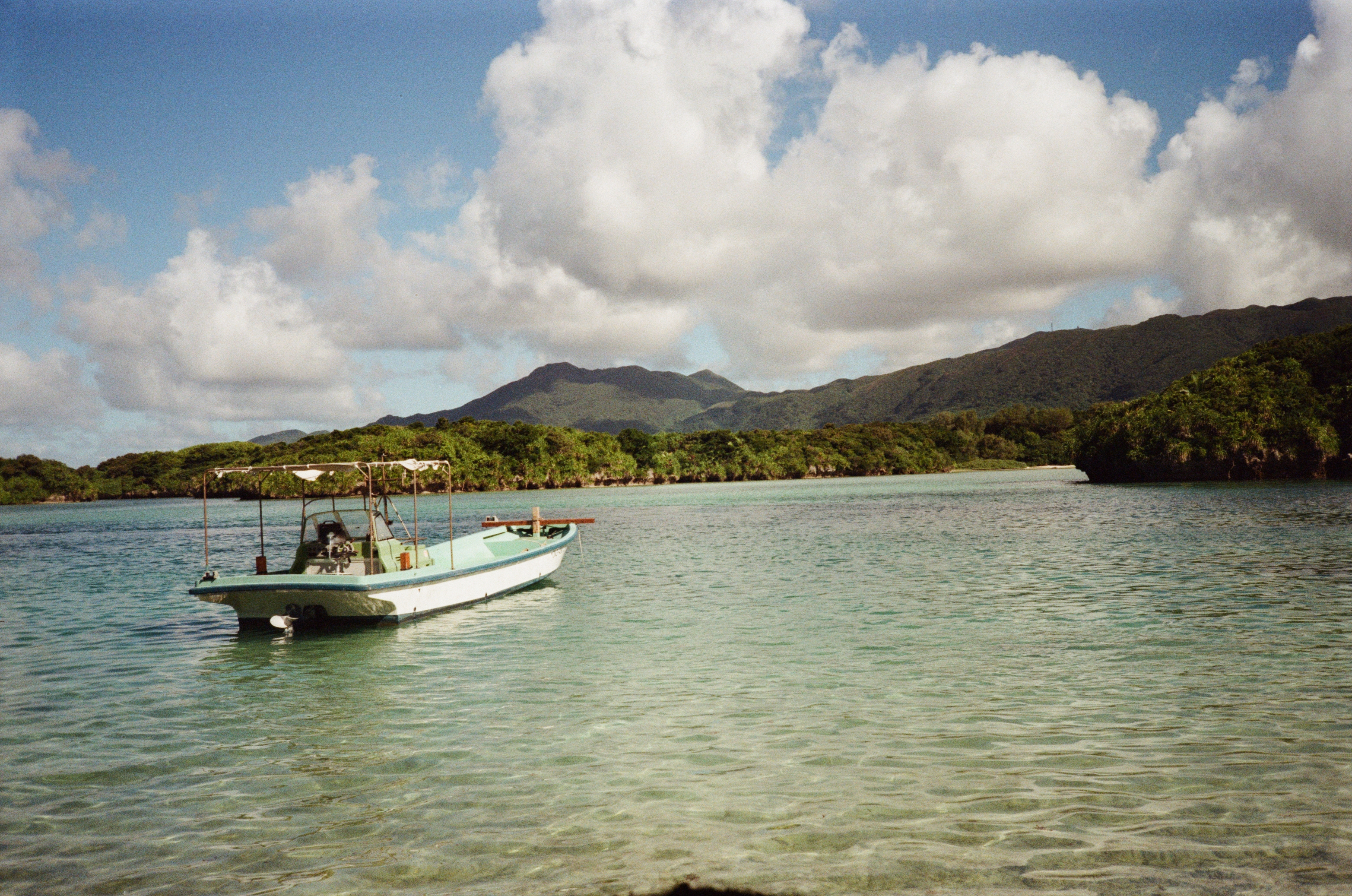
on our first night we walked to this place called aioru for dinner and drinks. it was a simple spot with good soup and perfect karaage. the kind of place where the food just works and you don't need to think about it. most of japan is like this—the baseline standard of food is very high, so you can wander into almost anywhere and have a great meal. some people i met were very worried about booking reservations before they arrived - i personally wouldn't worry about this unless there's a spot that you know you really want to go to. it's much more fun to be spontaneous given the generally good standards of food everywhere.
the next day we did a cooking class with a very lovely grandma named tamako. she really lives up to the okinawan image of longevity—full of life and charisma despite being in her 90s. we made a traditional okinawan dish, green papaya and pork stir fry. afterwards we ate what we made and it tasted better than it should have. to attend, you have to make bookings via phone—and despite having watched thousands of episodes of anime, my japanese vocabulary doesn't quite stretch that far. thankfully, our airbnb hosts had been wanting to go themselves for some time and kindly booked it for us. you have to do a bit of digging to find the link which has the booking number on it, but it's out there.
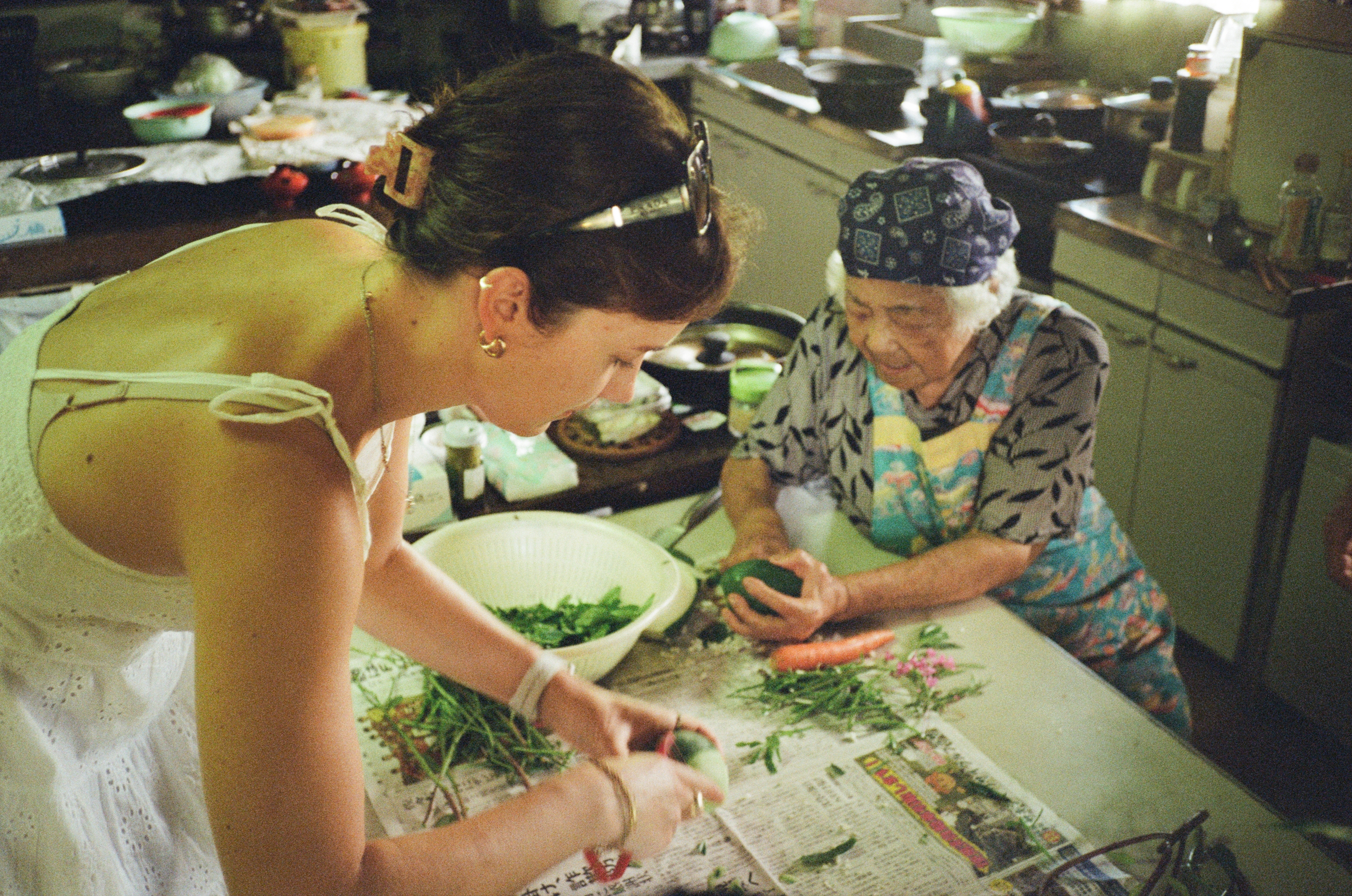
the day after that, we took a ferry to iriomote and did the tourist thing—snorkeling at barasu island, kayaking through mangroves. it was a bit tickboxy but still a very enjoyable experience. if i were to do it again, i'd have spent more time snorkeling. it's one of the best places in the world to do it and i wish i'd spent more time underwater (despite my irrational fear of sea snakes and jellyfish).
osaka (days 4-5)
we caught a peach airlines flight to osaka. peach is like ryanair but japanese, so at least everyone's polite about cramming you into an overcrowded metal box. we landed late in the evening, grabbed japanese mcdonald's (when in rome), and checked into mitsui garden premier.
the hotel had an onsen—a neat perk for an otherwise pretty standard business hotel. something about sitting in scalding water at midnight after a full day of travel that just resets your brain. it was also a great place to understand the ins and outs of onsen best practice—there were plenty of instructions with clear diagrams thankfully.
osaka is a city that's best enjoyed at night, but that's not to say there aren't things to do during the day. we spent our first full day vintage shopping in amerikamura—the kind of youth cultural center of osaka. everyone is dressed in vintage t-shirts and baggy jeans (i wish i was cool). we found some decent stuff but didn't buy anything in the end but it was still a fun experience hunting through these stores. interestingly, nearly all the vintage clothes store stocked mens clothing predominantly.
as seemed normal in japan, our wandering quickly got interrupted by a brief but very intense flash of rain and so we popped into a nearby cafe called biotop for a matcha. when presented with a choice of oat milk or vodka and tonic as the base for our drinks, we of course chose the latter. it tasted much better than it sounds. would recommend.
but the real highlight was the evening out. we started in namba and walked down by the canal to see all the lights and took a classic selfie by the glico running man. then we headed toward hozenji temple and just started hitting izakayas in the adjacent, narrow side streets.
our first stop was kushikatsu daruma. i had the best beer of my life there. don't know what draft setup they had but it was genuinely unreal. smooth like water but actually tasted like something. we had wagyu skewers, cheese, chicken skin, all the fried things.
we kept moving and hit a spot which allowed smoking inside (though i don't smoke, i've come to associate the smell of cigarettes to be the sign of a good time). we had sake and pork liver there. then we went to a chinese izakaya near the misono building (which sadly seems to be closing down). one underrated part of japanese izakaya culture is how certain drinks are just 'standard'. for example, when a salaryman and their colleagues go out after work, it seemed normal practice to immediately order everyone a beer (no questions or debates asked as to what people might want) to minimise the amount of time you need to talk to your work colleagues without a drink. also, as someone who likes whisky, i really appreciated that the second most common drink was a highball.
somewhere around midnight we got pulled into this tiny standing bar. there was room for maybe seven people. all locals except us. we met this lovely couple—the guy worked in real estate for a hong kong firm, couldn't quite figure out what she did. there was also a salary man our age and a few girls with them too. everyone was rather jolly shall we say.
we took a lot of selfies. they ordered us soba, marvelled that we could use chopsticks competently and then insisted on paying for everything. wouldn't let us contribute at all. one of those nights that reminds you most people are just trying to have a good time and share it with whoever's around.
hopping between tiny ten-person bars for dinner and (a lot of) drinks was a very fun way to do a night out. i'm not used to seeing streets packed with tiny vendors, all of which seemed to be thriving and co-existing in harmony. you can't really go wrong and osaka is the best city to experience it.
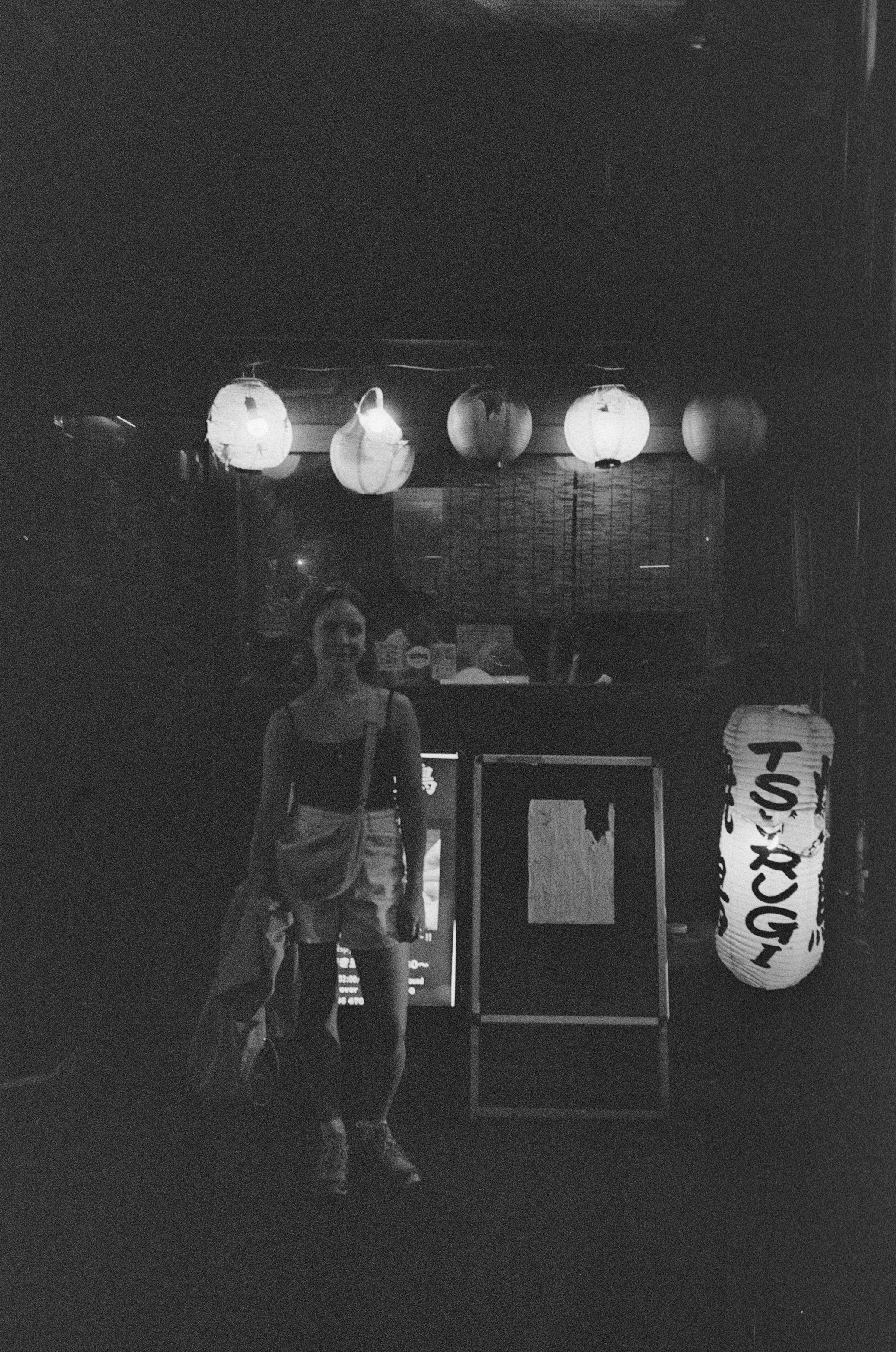
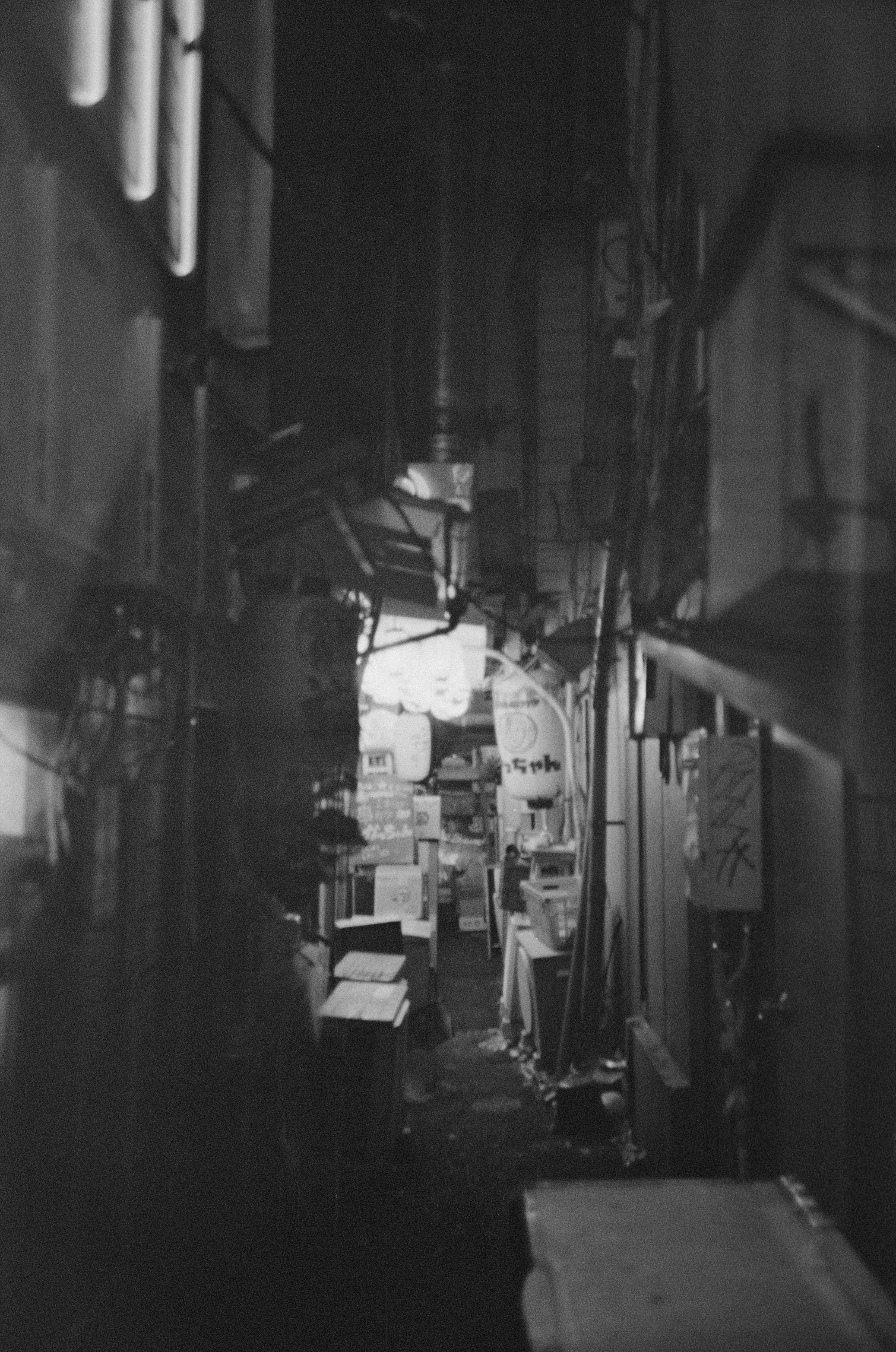
koyasan (days 5-6)
the next morning was a slow start (obviously). we left our bags at rakuraku baggage storage in namba station and took the train to a station just outside koyasan, then hiked the last 1.5 hours up. we had originally planned to do a longer seven-hour trail but got spooked by recent bear sightings (it's fine though, we were just hungover).
the trail we did was part of the women's pilgrimage trail. until 1872, women weren't allowed into koyasan's sacred inner precincts, so they'd make pilgrimages to temples scattered in the mountains around the area instead—still required a serious climb. it was steep but straightforward. we saw one snake, no bears. the whole time you're walking through dense forest and it's completely silent except for your footsteps (and your heavy breathing).
we arrived at fugen-in temple and got shown to our room and given yukata robes. that evening we had traditional buddhist vegan dinner (shojin ryori) with the other guests staying the night. we sat on the tatami mats eating and it felt like being in a different century. i really struggle to sit cross-legged so i ended up kind of sprawling on the mats. the monks were not impressed.
after dinner we walked to okuno-in cemetery. it's a massive place, covered in moss with thousands of stone lanterns and graves winding through the forest. it was unbelievably beautiful. we didn't even see the whole thing in the hour walk before we had to head back.
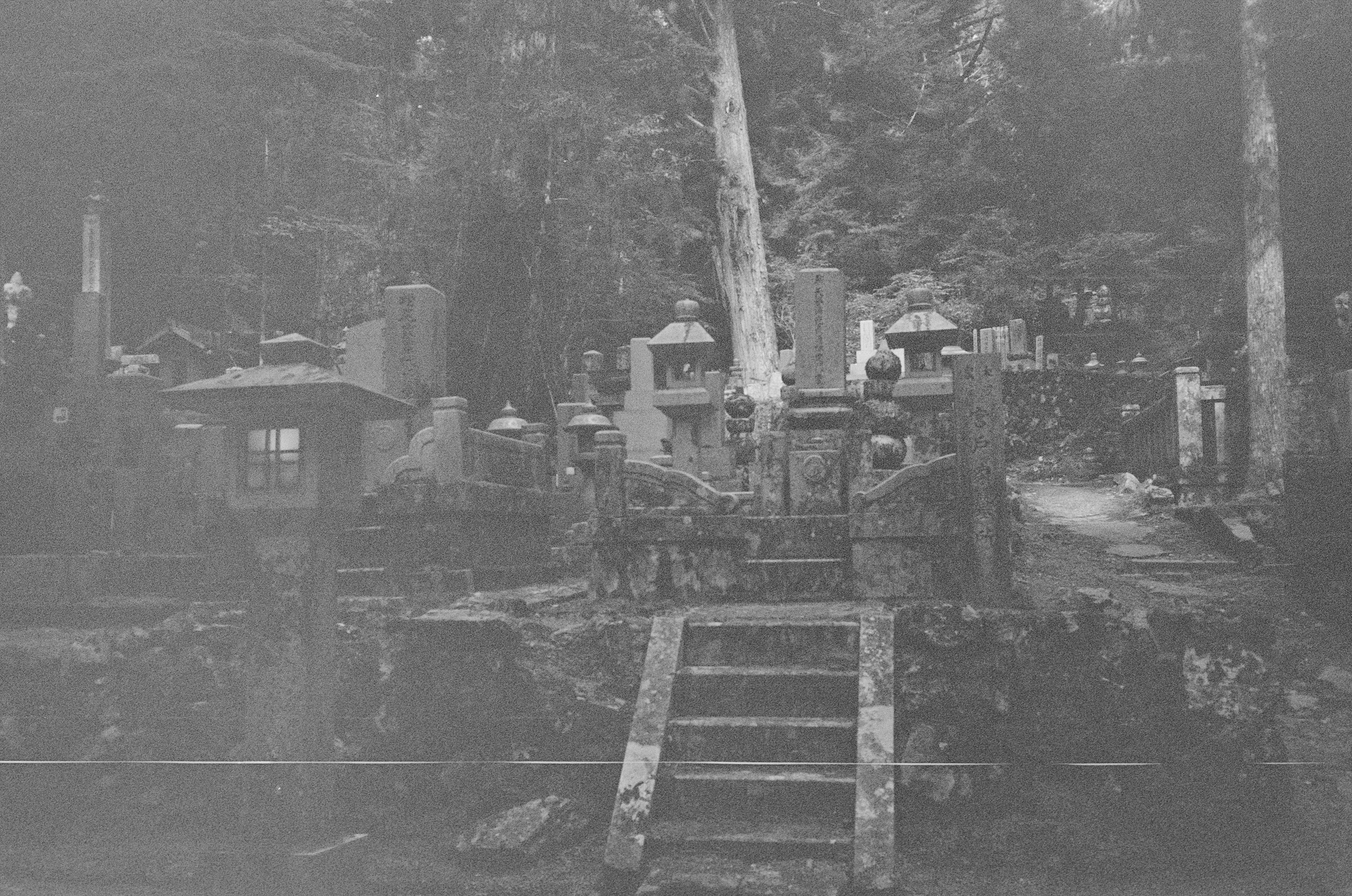
we took a bath that night (the first of the year! - i joke…). i was glad we'd already done one onsen before this because there were basically no instructions. it would've been confusing as hell otherwise and plenty of other guests didn't make the most of it.
later that night we walked to the daimon gate, one of the main entrances to the temple complex. everything was dark and dead quiet. the temple precinct after dusk is something else—no streetlights, just the occasional lantern and the outline of temple buildings against the sky. there's basically nothing open and nowhere to go, which is kind of the point. unlike osaka, koyasan definitely isn't known for its nightlife so i'd save the exploring for the day next time.
we woke up the next day at 6:30 for morning prayers. we sat in the temple hall while the monks chanted sutras rhythmically, incense smoke drifting through shafts of morning light. i didn't understand a word but understood everything. i only have a very shallow understanding of buddhism - but its teachings feel almost philosophical rather than religious. breakfast afterwards was simple, good, exactly what you needed after an early wake up.
we went back to okuno-in properly this time and walked all the way through the forest cemetery to the torodo (lantern hall) and kobo daishi's mausoleum at the end. we got there right at 10:30 when the monks bring him his daily meals. according to shingon buddhist belief, kobo daishi (the founder of mount koyasan) isn't dead—he entered eternal meditation in 835 and is still there waiting for the future buddha. so they've been bringing him two meals a day for over 1,200 years.
kyoto (days 6-8)
we took the cable car back down and caught a direct train to kyoto. we checked into piece hostel sanjo. it was basic but clean with good common areas.
we found this coffee spot called weekenders coffee. it's a tiny place tucked in the back of a car park with maybe four seats inside. people were hanging around outside with their own takeaway cups because they actively discourage giving out their own paper cups. the coffee was incredible—probably one of the best i've ever had. the fact they're able to generate that much interest being tucked away in the back of a car park says it all.
we then wandered through nishiki market. it was packed, absolutely heaving with people. we had some matcha taiyaki—those fish-shaped cakes filled with sweet paste fillings, crispy on the outside. it's annoying that you can't walk and eat in japan—feels extremely counterintuitive for a food market. definitely one of those instances of rules over common sense.
later that evening we wandered over to the gion district—kyoto's old geisha quarter, all wooden machiya houses and narrow lanes, basically catnip for tourists hunting that "traditional japan" vibe. it was insanely busy on a saturday night but you could duck down side streets and suddenly be alone. we stopped at a leica gallery and had dinner at yanagi-koji taka—standing around an open fire, yakitori and drinks. we had to queue but it was worth it. note - whenever you see locals queuing for something, it's worth paying attention to. queuing for things feels very normal here, especially good food and drinks given how small a lot of places are.
the next day we caught the market at toji temple—a monthly flea market with antiques, vintage kimono, pottery, all sorts—happens on the 21st of every month, then walked to fushimi inari. it was touristy as hell at the bottom—thousands of vermillion torii gates winding up the mountainside, the whole shrine dedicated to inari, the fox deity of rice and prosperity—but it quietens down once you push past the first hundred gates. we went all the way to the top of the mountain and found the side detours through bamboo groves. those bits were worth it.
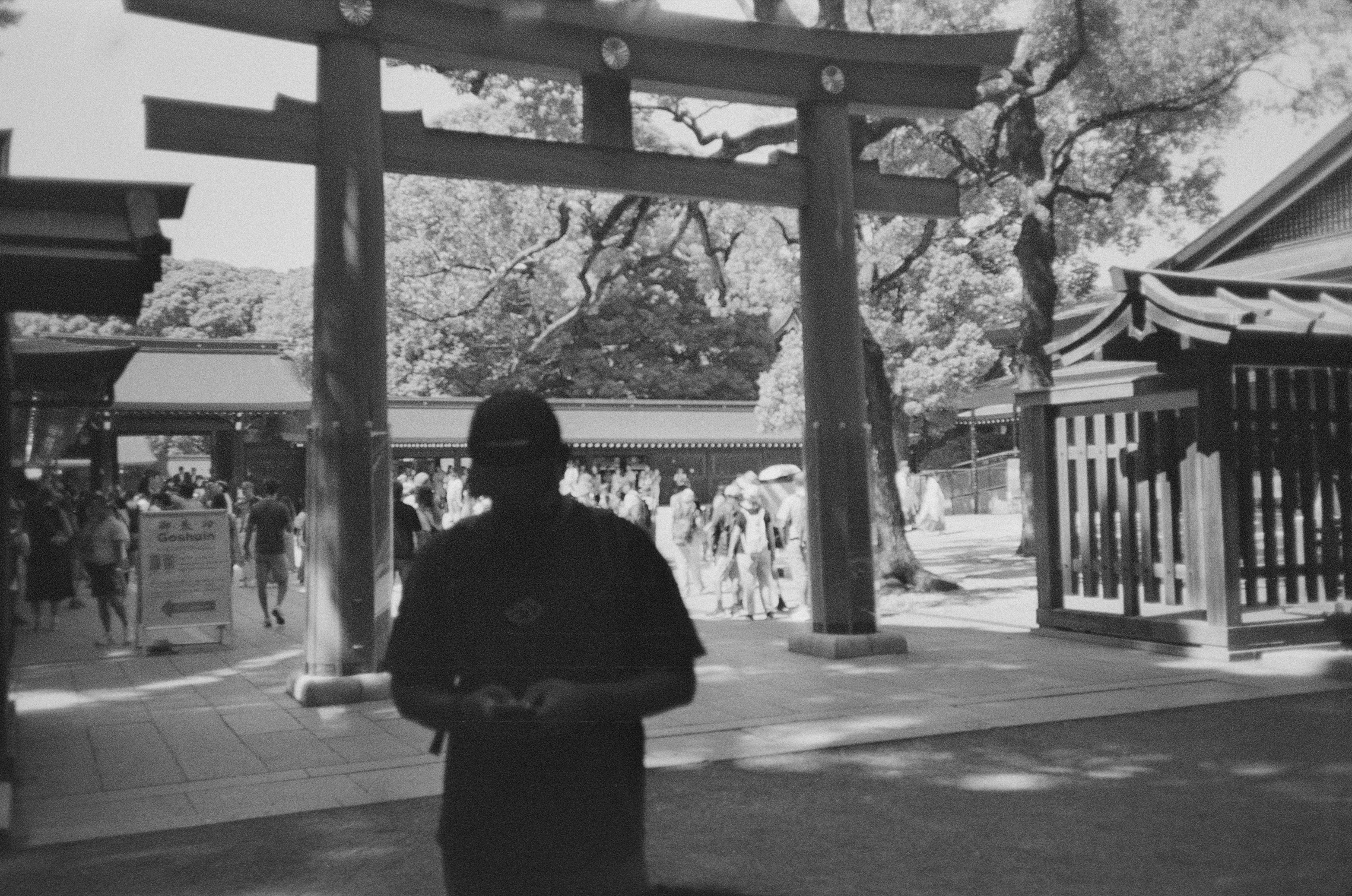
we spent the afternoon in book cafes. first was max1921, run by this lovely japanese-polish couple. it's surreal walking into what genuinely feels like a polish grandma's living room with two japanese people speaking fluent polish with you. the gentleman had spent several years completing his phd in poland and the couple had lived there for some time as a result. the food was tasty and there was a nice library downstairs that was frequented by students in the area.
then we popped over to another book cafe called cafe bibliotic. immaculate vibes, perfect for reading. this is probably the best cafe i've ever been to. i could've stayed for hours but we had a dinner reservation so had to bounce before it got too late.
hirayu onsen (days 8-10)
we took a direct train from kyoto to takayama. it was a 'limited express'—the faster intercity trains that skip smaller stations, sitting below the shinkansen in the hierarchy—and despite trying to book tickets a month in advance we only got 'unreserved' tickets. we queued thirty minutes before departure for seats and barely got on. if you get unreserved tickets, i highly recommend getting there early or risk standing for a 3 hour journey. once we arrived, we wandered takayama for a bit and had nabemono (a kind of hotpot).
we then grabbed coffee at haiz coffee—matcha affogato right by the river—then caught the bus to hirayu onsen.
we stayed at mazumo, which has ten rooms all with private onsens. it's close to the bus station but feels like you're in the middle of nowhere. it's a great place to stay if you want to feel lost in nature. it's truly peaceful.
we hiked to hirayu waterfall right before sunset and had the entire place to ourselves. there's a spot at the very top where you can take a dip. it's probably not technically allowed but whatever. with all these hot baths we'd been taking, it was nice to have a slightly cooler climate in the mountains and a cold plunge every now and again.
dinner at mazumo was our first 'nice' meal. five courses, all brought to the room. each dish was simple but well done. we had everything from sashimi to beef nigiri to green tea ice cream.
the next day we took the bus to kamikochi and walked the trail—a flat, easy valley walk along the azusa river with the northern alps towering on both sides, boardwalks through marshland, crystal-clear water, the whole thing absurdly photogenic. it was almost too pretty to be real. the only downside is that it's very popular and there were far too many people there to truly soak up the atmosphere.
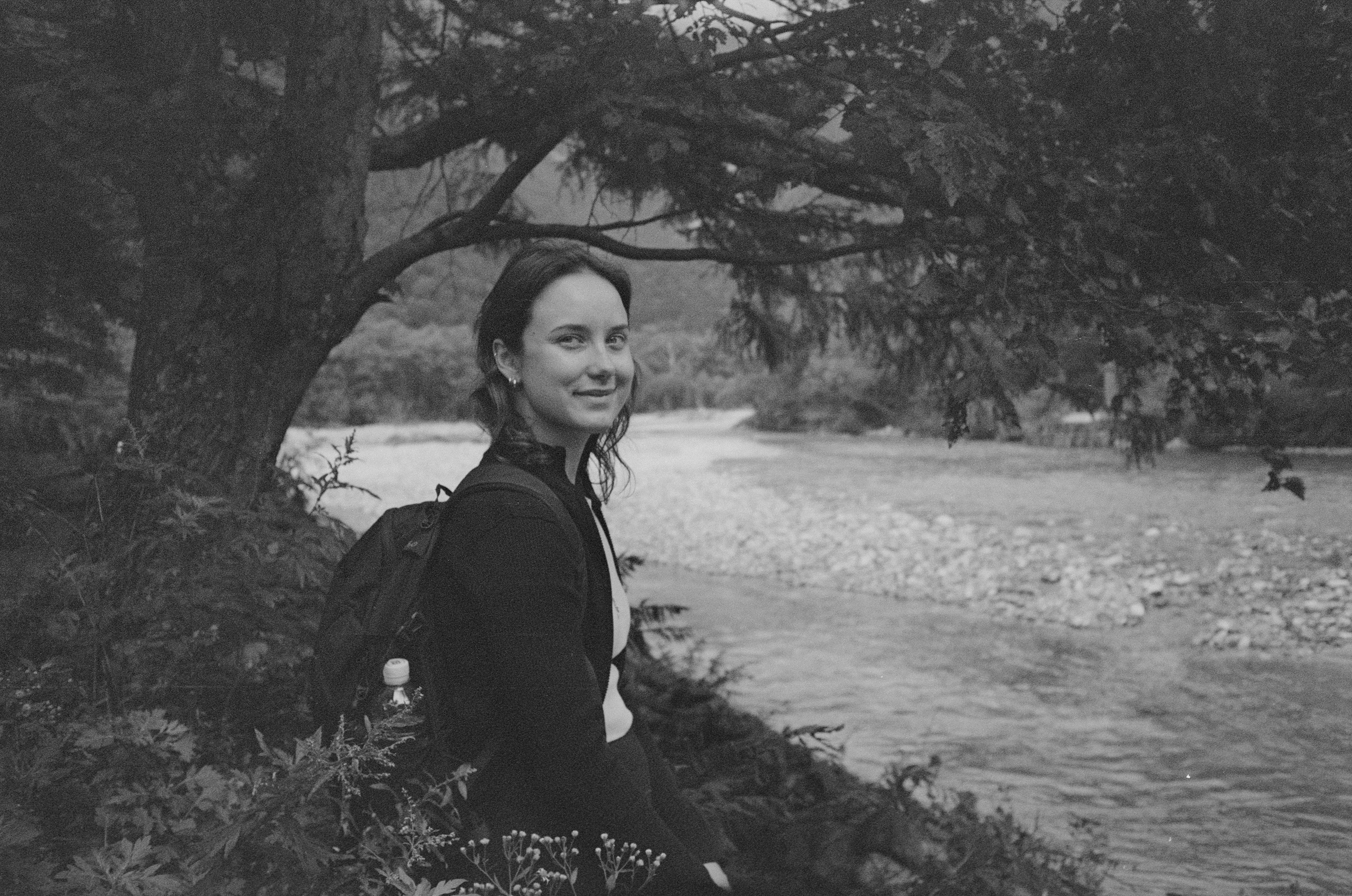
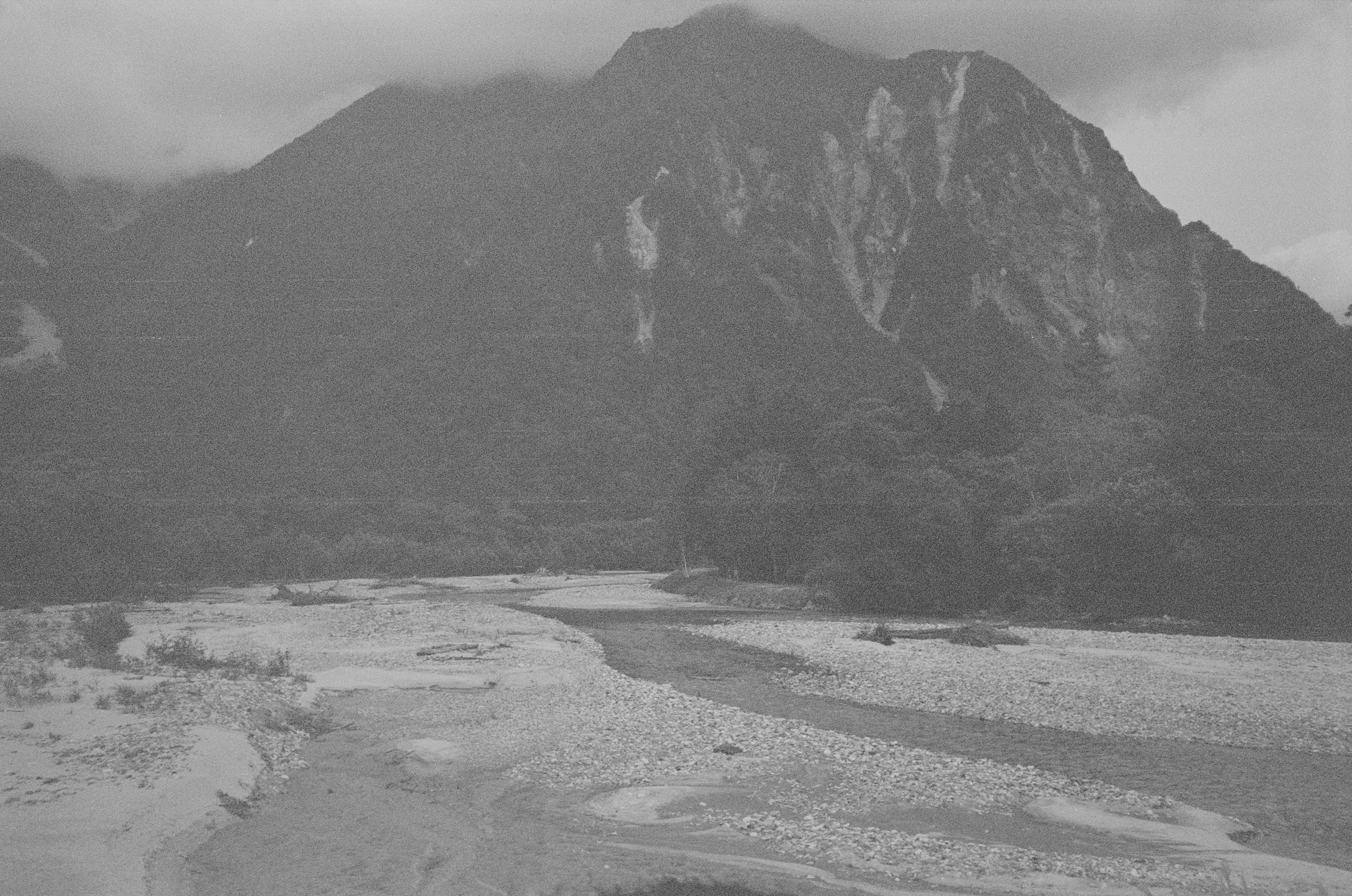
we went back to hirayu for lunch—pizza—then spent the afternoon at an outdoor rotemburo. i'd imagine it's the kind of place that best enjoyed in the winter. sitting in hot water outside, watching snow on the mountains. that being said, we still had a great time.
tokyo (days 10-14)
we took the bus to tokyo, checked in to our ryokan (yen bettei daita - it's really good and was worth every penny), and met up with some friends who also happened to be visiting japan at the same time. we hit a few izakayas, then karaoke in golden gai before ending the night at a pool bar. compared to osaka, we found it more difficult to find places that weren't already packed, but it's worth wandering up stairs as a lot of tokyo's best spots are hidden vertically.
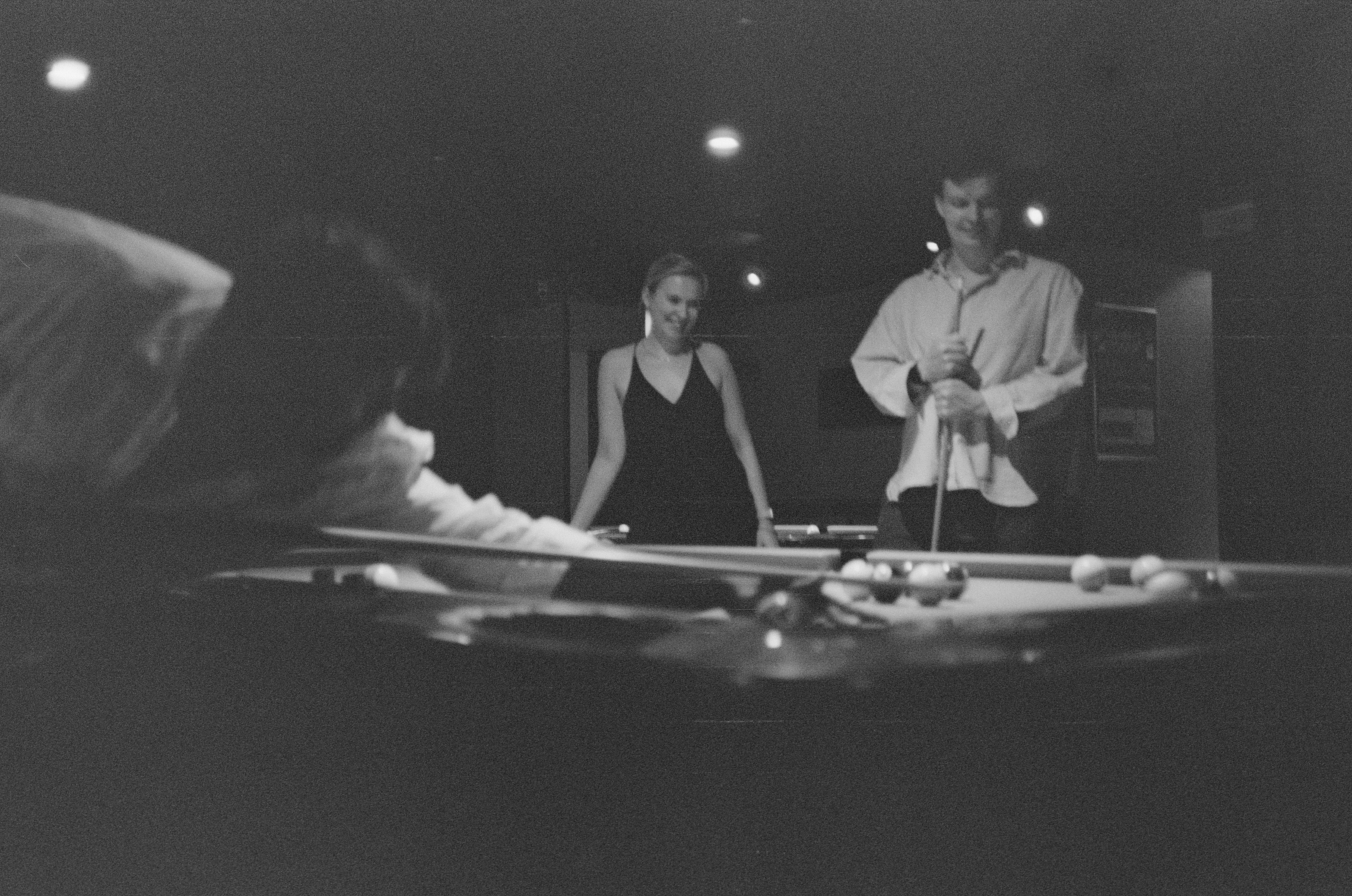
the rest of our time in tokyo was spent walking round vintage shops, temples and bars. we were staying in an area called shimokitazawa which i'd highly recommend. it has a very residential but still vibey feel to it - it's full of cute bars, used clothing shops and peaceful side streets. it was a great respite from the buzz and overwhelm that can come with shinjuku and shibuya.
one area that we particularly enjoyed wandering around through was jimbocho - an area dedicated to book stores. it sounds boring, but we loved it. every shop felt like it had treasures hidden away inside it - it reminded us a lot of oxford and its libraries (and how we never made the most of them when we were there). you can also find a lot of great artwork and prints scattered amongst the book shops too.
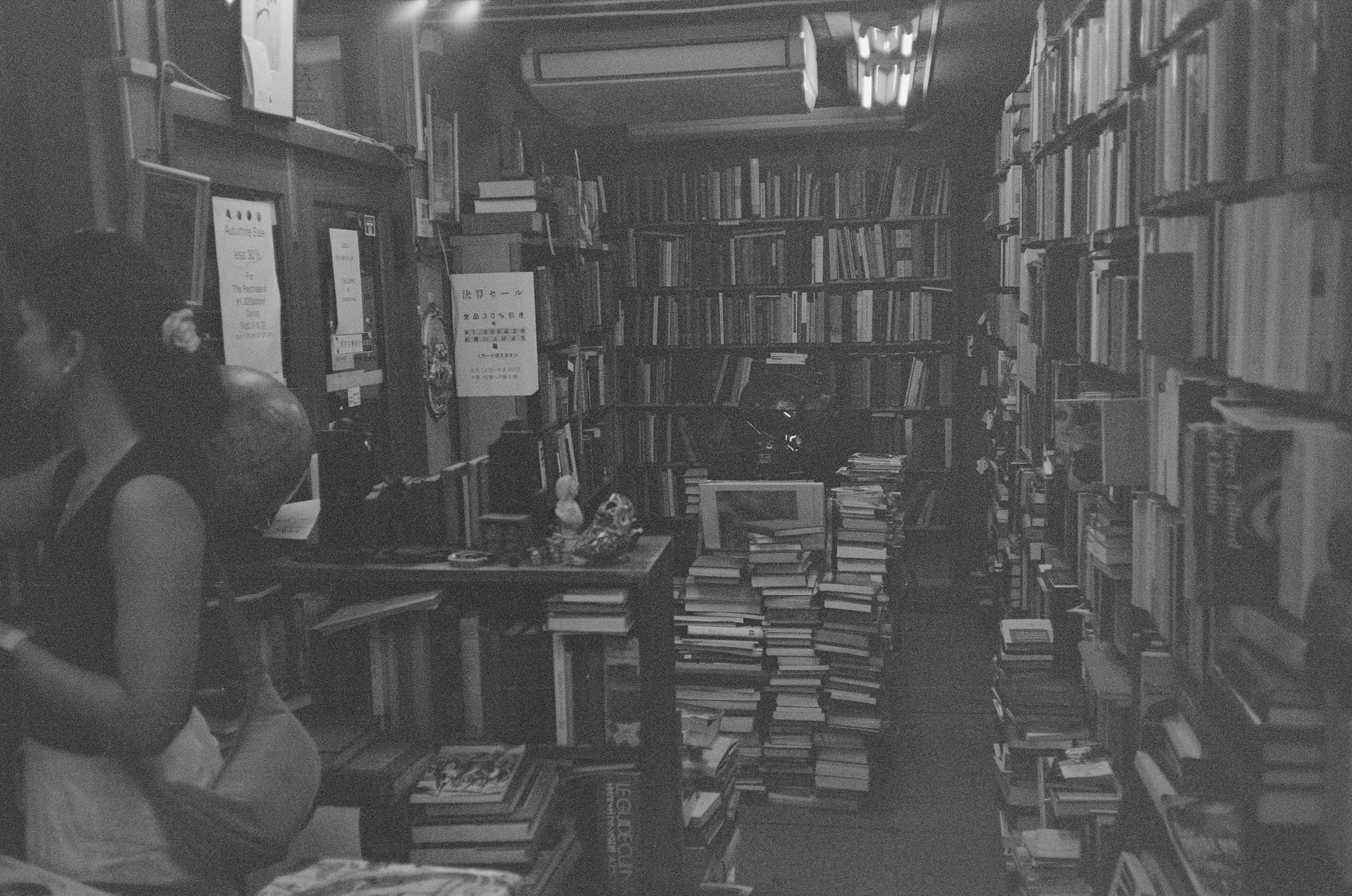
for our final couple of days we wanted to tick off a couple sights and do any shopping for gifts for family back home. we went to meiji temple, yoyogi park, takeshita street, and harajuku. a lot of the busier areas can feel a little much, especially the most well known ones. still, it's almost a right of passage in some ways to endure them. we also wandered through akihabara looking for some used electronics and popped into a very cool retro video game store called super potato.
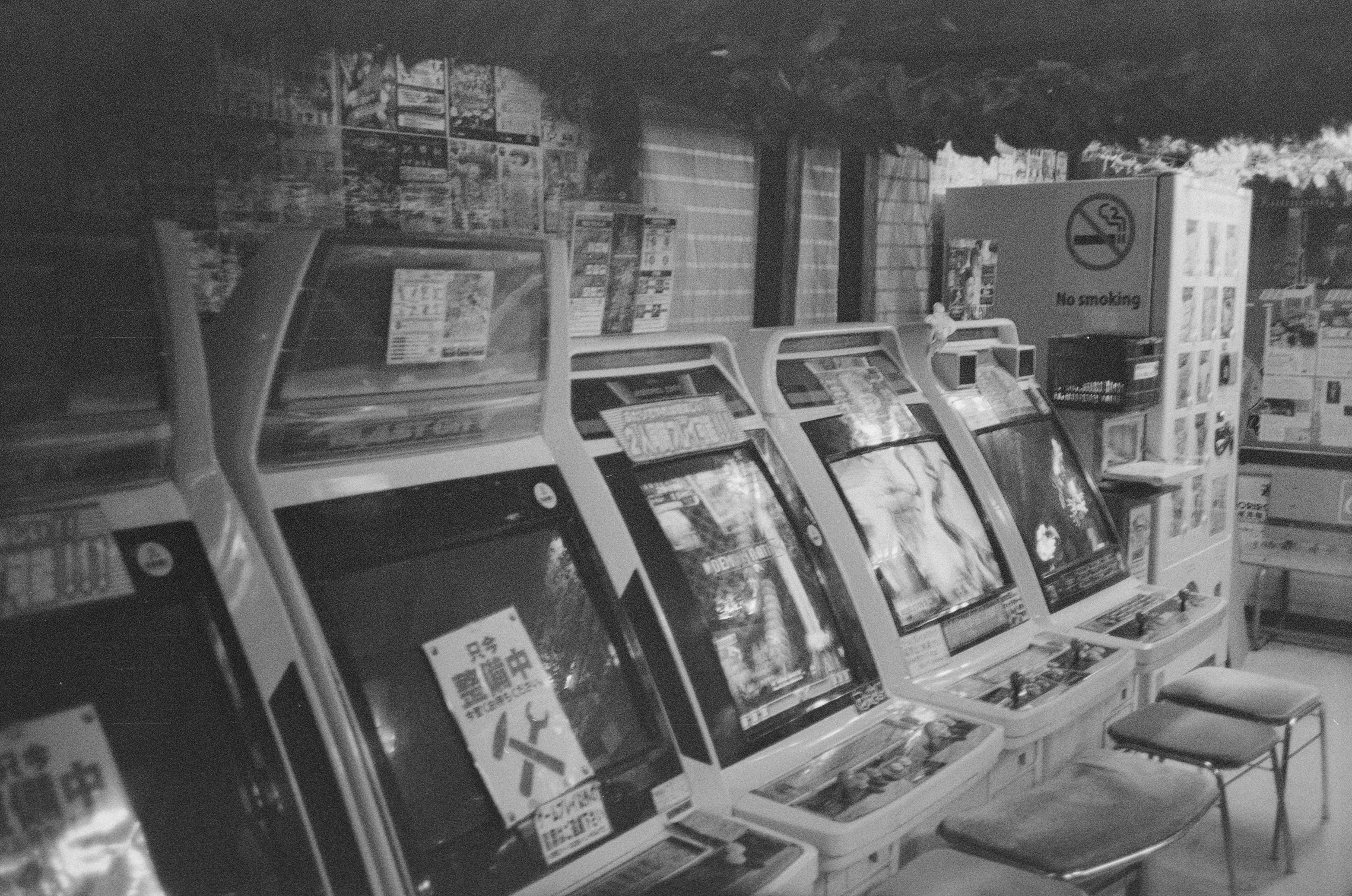
for our final proper night we had omakase near ginza at a place called manten sushi. it was worth every yen. if you're looking to experience omakase but don't necessarily break the bank and still enjoy some outstanding food and company then i can't recommend them enough.
why it stuck
sadly that brought an end to our trip in japan. most of what makes japan special comes not from the big sites but rather an accumulation of small differences in the ways things are done. it's the way a shopkeeper wraps your purchase like it's the most important thing they'll do today. how the person cleaning the bathroom at the train station takes pride in doing it properly. how safe you feel almost anywhere at any time of day. how polite and welcoming everyone is almost everywhere you go. how good the food tastes regardless of where you decided to pop in. we found it quite hard to go wrong in each city we visited.
the onsen experience probably sums it up. you sit there in scalding water, completely naked with strangers, and everyone's quiet. no phones, no talking, nothing. just peace. the first time feels weird and unnatural. by the end of the trip you miss it.
that's kind of how the whole trip was. foreign at first, then you adapt, then you realize you've changed a bit. you come back home and everything feels slightly too rough around the edges.
japan
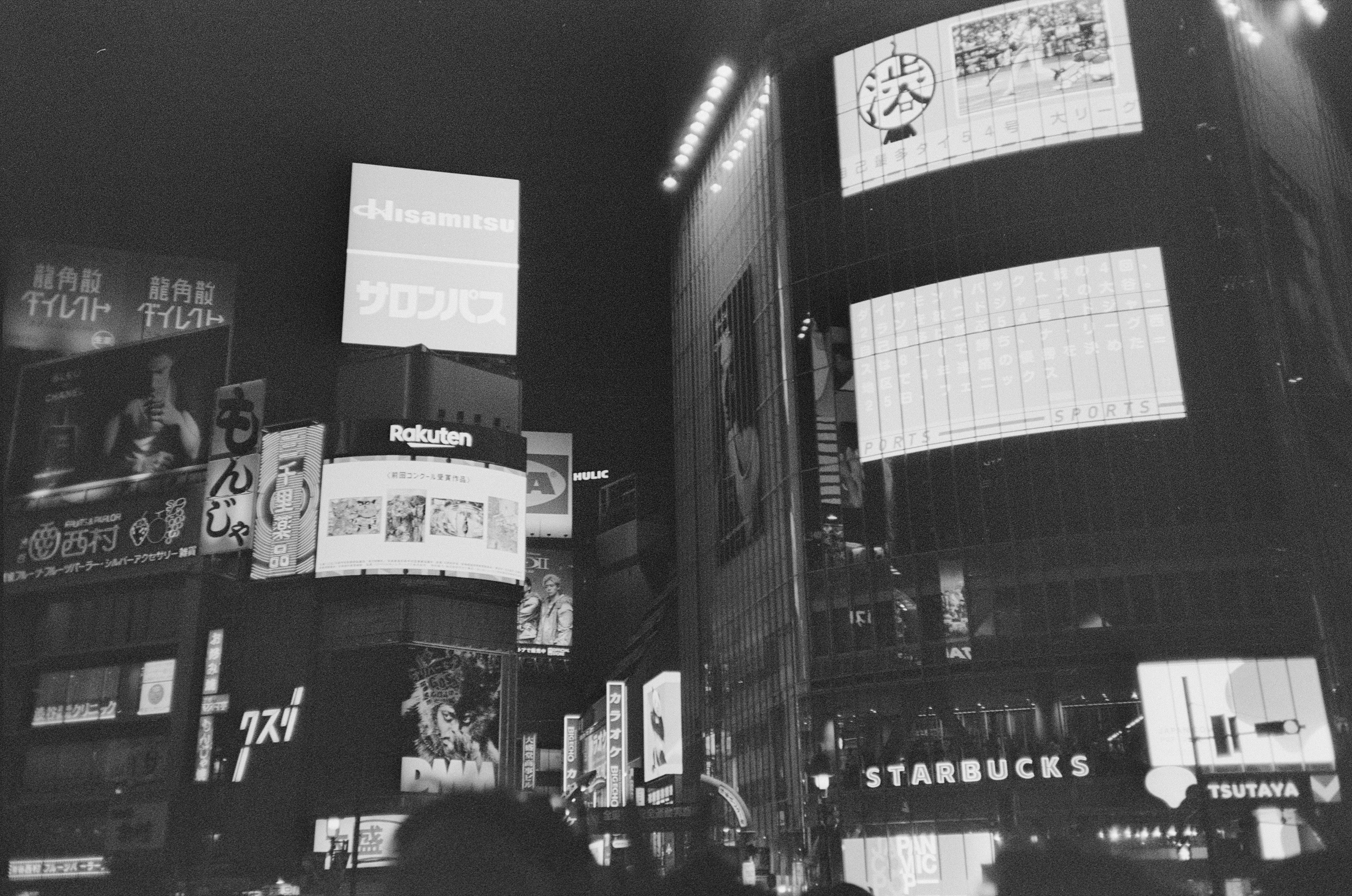
will definitely go back. probably soon.